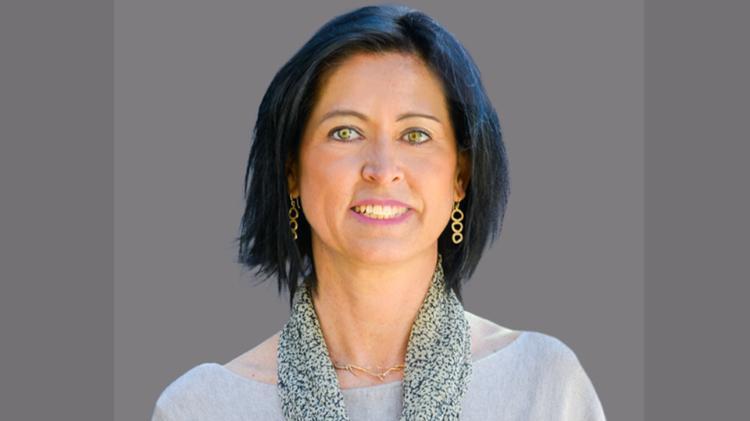You are invited to the 2023 Data Science and Statistics Lecture: "Data science for public health: Risk mapping of Out of Hospital Cardiac Arrest and the optimal deployment of defibrillators" presented by Professor Antonietta Mira.

2023 Data Science and Statistics Lecture
-
-
-
Wollongong Campus
Build 6 Room 210
Statistical Science is the science of uncertainty. More specifically, it is the principled collection, analysis, and interpretation of data, taking into account the uncertainties within and between each of these steps. A critical component of excellent science is the ability to weigh evidence appropriately – statistical thinking lies at the heart of this. The annual Data Science and Statistics Lecture showcases the interdisciplinarity and key role that statistics in data science plays in extracting scientific knowledge from data in the presence of uncertainty.
Abstract:
Out of Hospital Cardiac Arrest (OHCA) is a major public-health problem that affects approximately 1:1000 people in developed countries. This lecture describes my collaborative peer-reviewed research with cardiologists in Switzerland since 2018, to map and forecast OHCA risk, and to use this to optimise Automatic External Defibrillator (AED) deployment in Canton Ticino, Switzerland. Flexible location models were found to increase overall OHCA coverage and decrease the distance to nearby AEDs, so saving lives and at the same time reducing public-health expenditure. For every minute lost in response time, the AED success rate decreases by 7-10%. Geospatial models of OHCA and AED accessibility with uncertainty quantified, were used to identify communities with the greatest gap between demand and supply for allocating AEDs, which were then used to evaluate models for precise AED-location deployment. These were further used to evaluate strategies for deployment of Lay First Responders (LFRs) in relation to the OHCA and AED locations. A Bayesian spatio-temporal model with a dynamic temporal component was used to predict future OHCAs. Model-based risk maps adjusted for demographic covariates were used to explain and forecast the spatial distribution of OHCAs in Canton Ticino. The lecture will conclude with new work on using neural networks in the Bayesian spatio-temporal model, which allows current and future detection of high-risk areas of OHCA with uncertainty quantified.
Presenter:
Antonietta Mira
Professor of Statistics and Director of the Data Science Lab, Università della Svizzera Italiana, Lugano, Switzerland
Professor of Statistics, Insubria University, Como, Italy
Wearing multiple hats, Antonietta:
- has been Visiting Fellow at Harvard University, University of Oxford, and University of Cambridge.
- is a Fellow of the Institute of Mathematical Statistics, the International Society for Bayesian Analysis, and the Istituto Lombardo Academy of Science and Letters.
- is a member of the board of the Swiss Statistical Society, and of the Swiss Federal Statistical Office.
- has served on the advisory board of the Harvard Data Science Review, since 2019.
Antonietta is extremely active in the profession through the publication of her research in top journals; keynote presentations at international conferences and service on their scientific committees; editorial board membership of leading journals; and Principal Investigator of prestigious competitive research grants.
Winning awards for excellence in both research and teaching, Antonietta has been involved in public engagement (such as EXPO Milano 2015) and has delivered public lectures (such as Festival of the Swiss Academy of Sciences 200 Year Anniversary).
She is often interviewed in the media on topics related to Data Science and Big Data, and she has created an exhibit, Numbed by Numbers!, which is a 3D tour between Digits (maths), Dice (probability), and Data (stats), aimed at children aged from 6-18. She is also winner of the 2022 G. Dosi national prize for popularising science for STEM students, with publication of her book, "The Data Pandemic. Here is the Vaccine" (2020, Mondadori).
In her free time, Antonietta is a practicing magician with a special interest in mathematical magic, which is presented in her book, "Matemagica" (2012, Aboca).